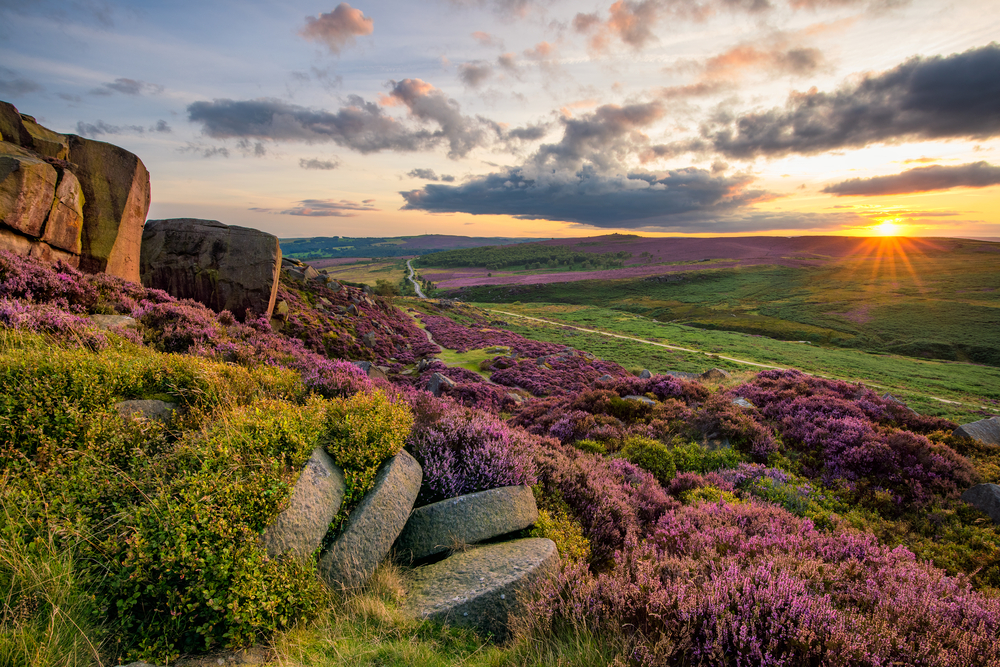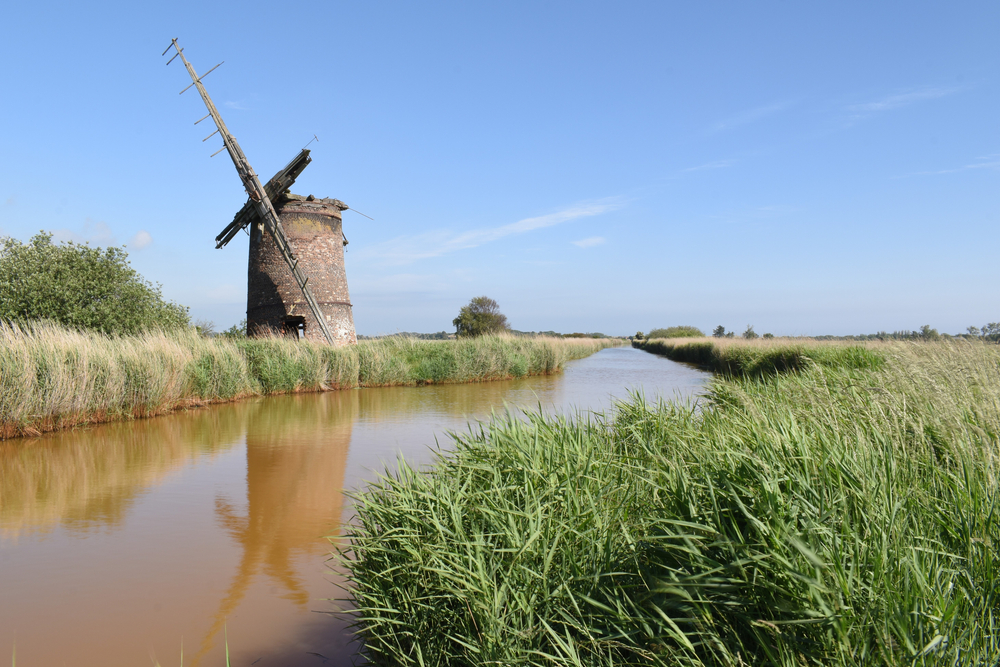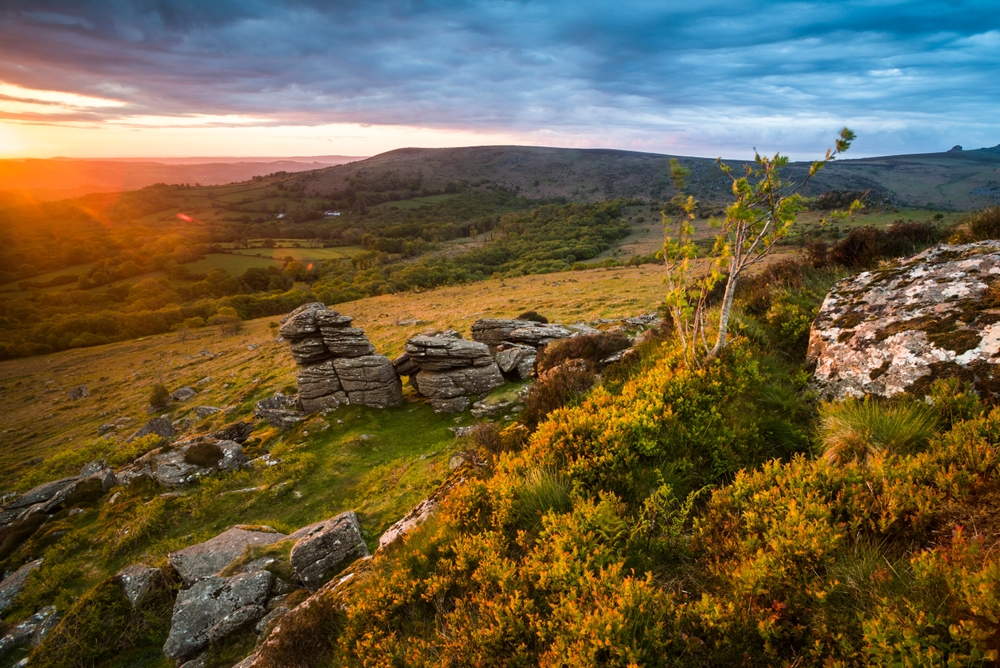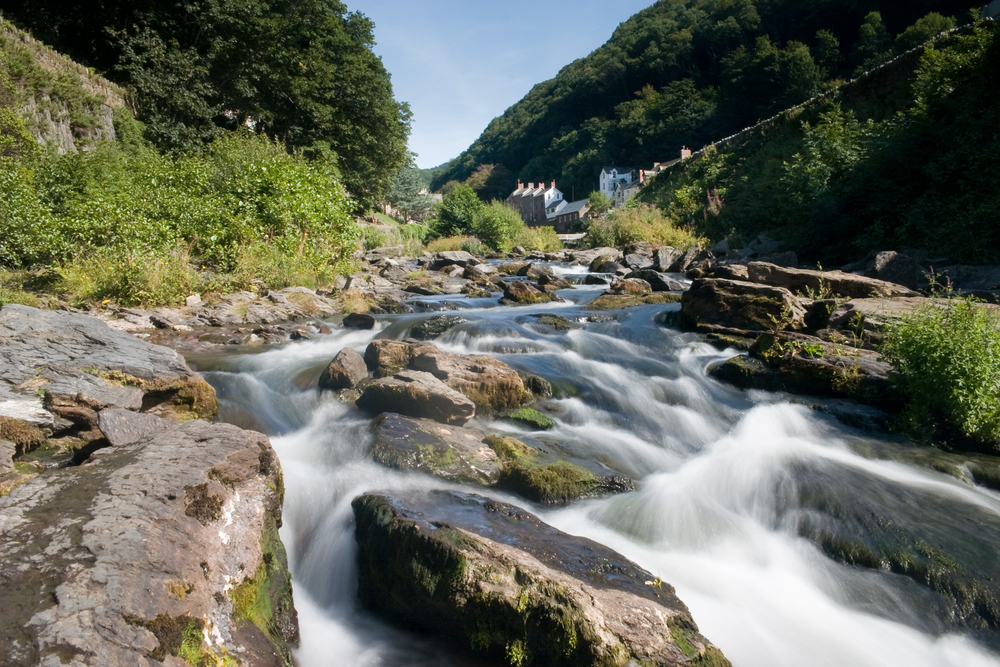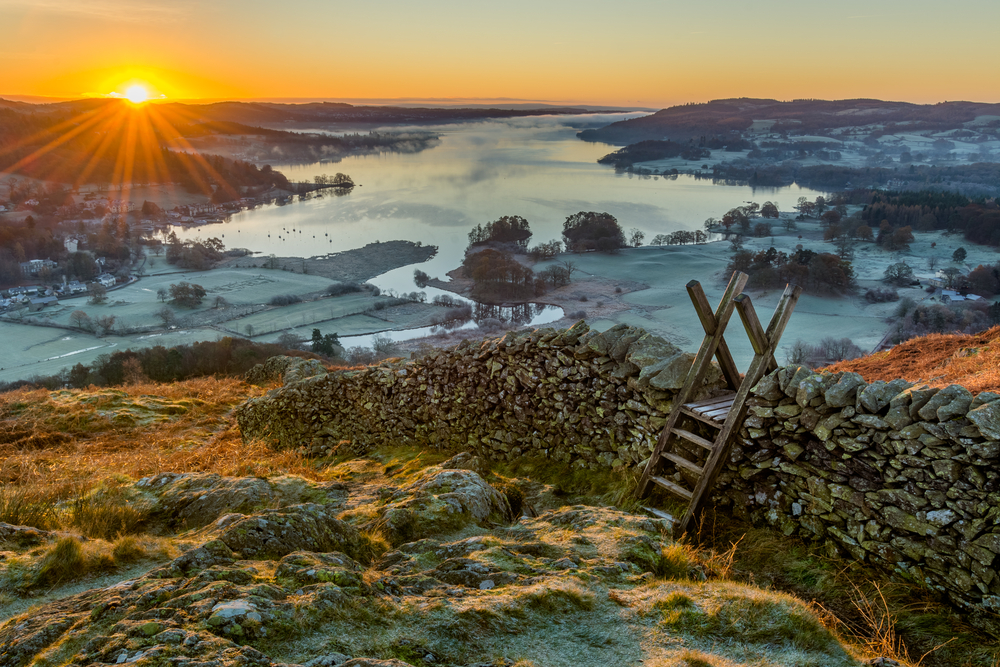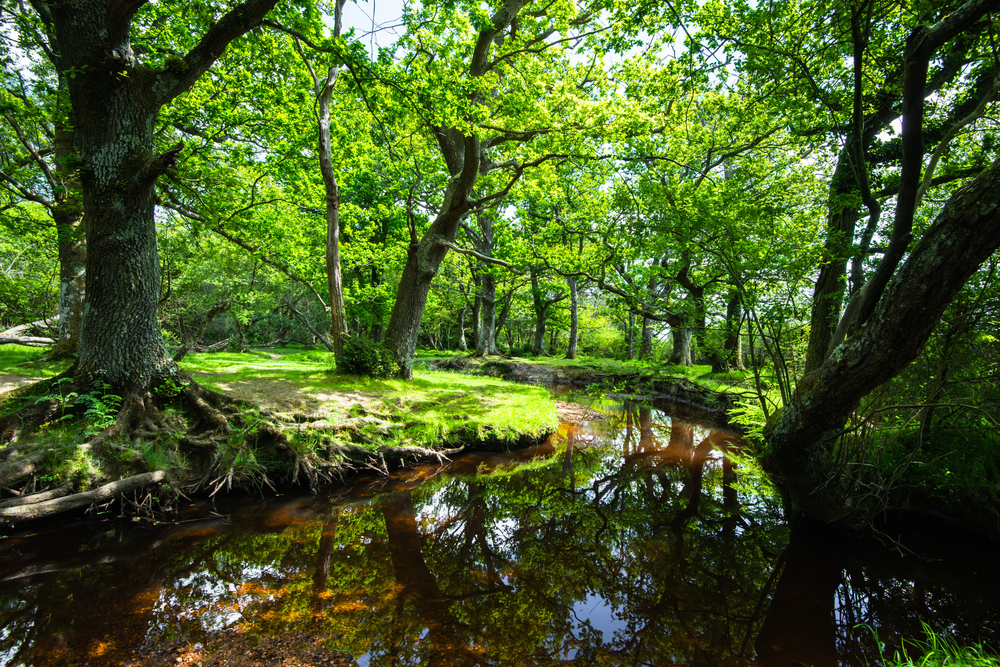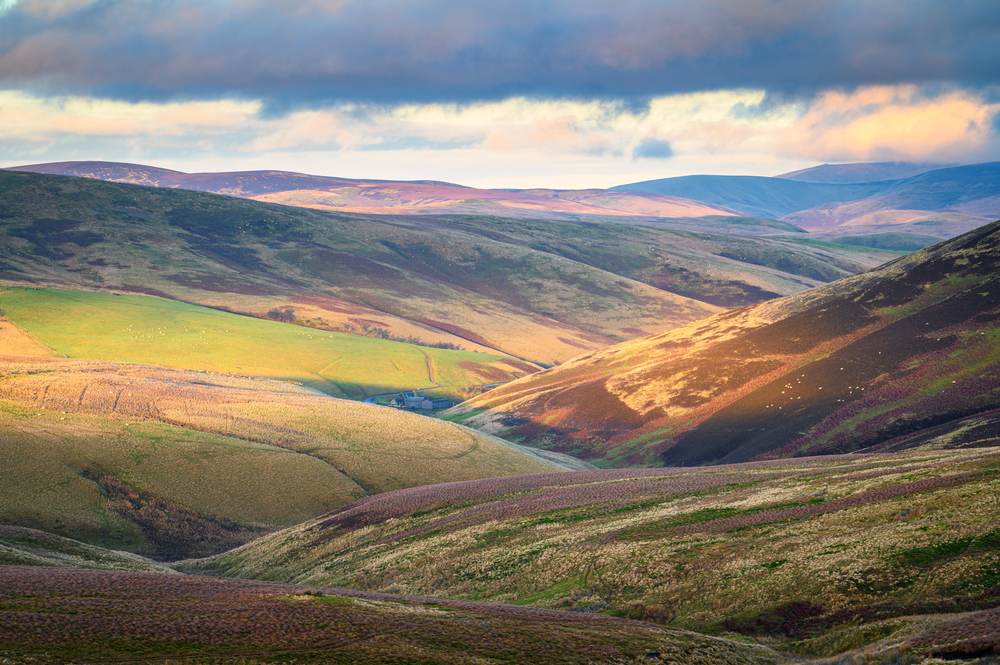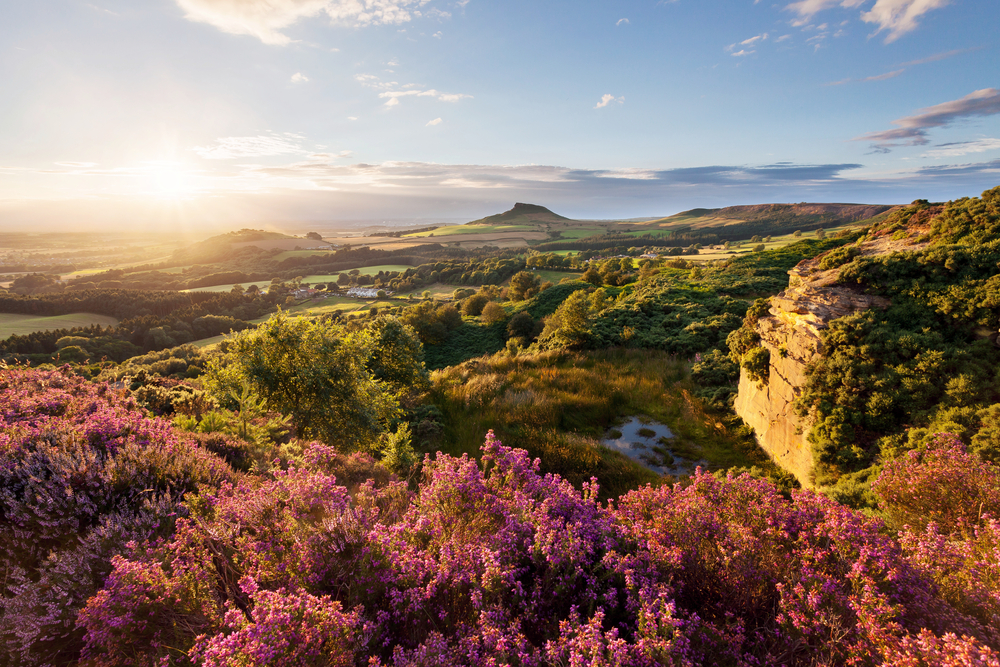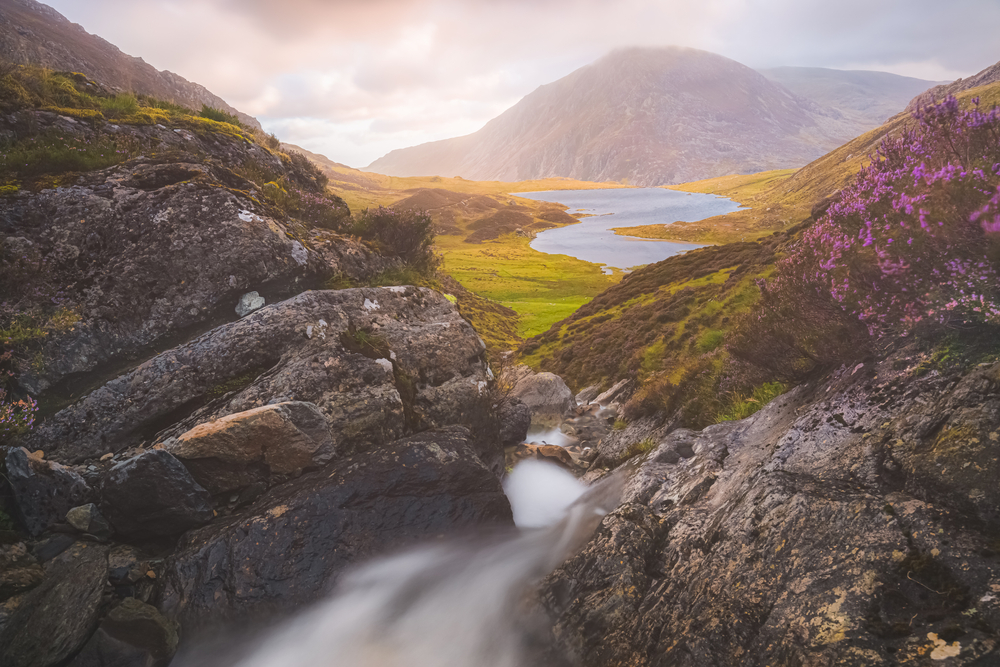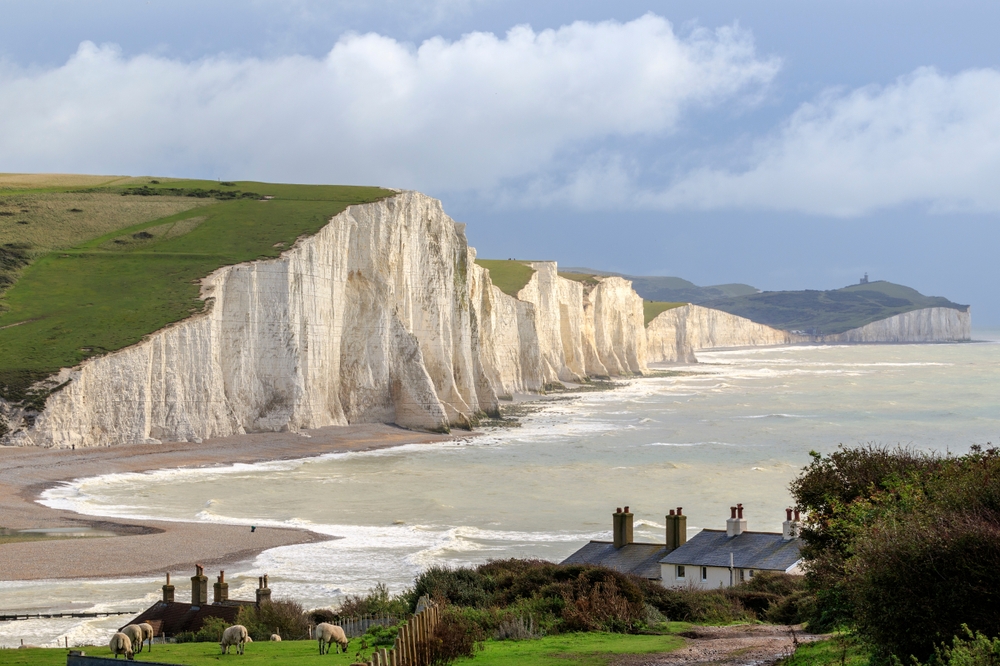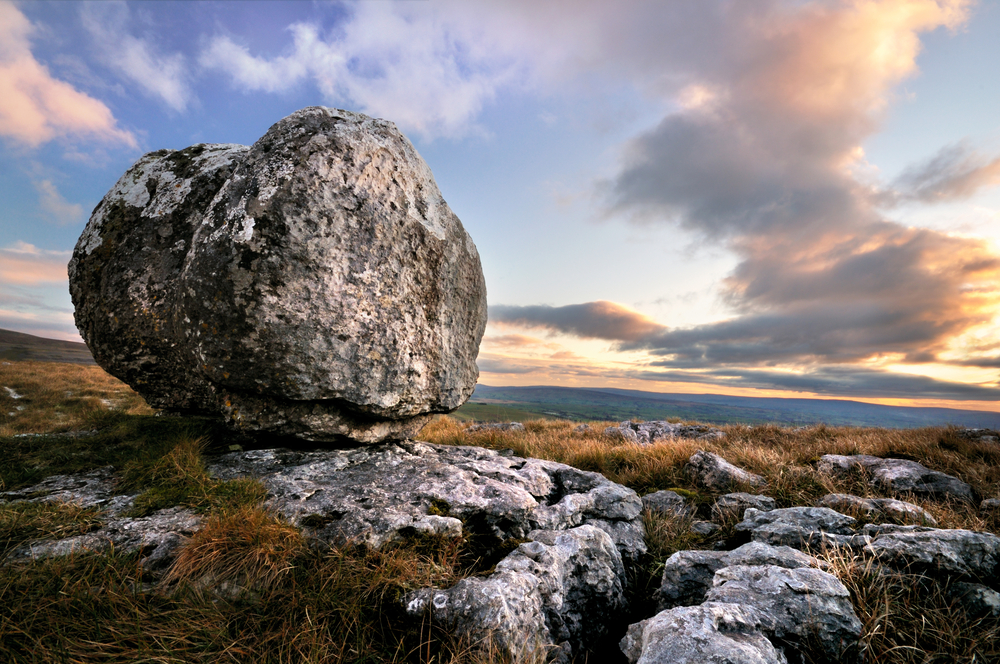The United Kingdom, with its varied landscapes and rich history, is home to 15 national parks that preserve some of its most stunning natural beauty. While officially classified as “national parks,” these areas focus on balancing conservation, recreation, and the needs of local communities. The UK’s national parks include rugged mountains, rolling moors, ancient woodlands, and scenic coastlines, offering a haven for diverse wildlife such as red deer, otters, golden eagles, and puffins.
One of the UK’s most famous parks is Lake District National Park, located in northwest England. A UNESCO World Heritage Site, the Lake District is celebrated for its dramatic mountains, glacial lakes, and picturesque villages. It is home to England’s highest peak, Scafell Pike, and its deepest lake, Wastwater. Visitors are drawn to its scenic hiking trails, boating opportunities, and the legacy of literary figures such as William Wordsworth and Beatrix Potter, whose works were inspired by the region.
Snowdonia National Park, in Wales, is another iconic destination, known for its rugged peaks and cultural significance. Mount Snowdon, the highest point in Wales, is a major draw for hikers and climbers, offering stunning views of the surrounding landscape. The park also boasts charming Welsh villages, cascading waterfalls, and a variety of ecosystems, from upland heath to ancient oak forests. It is a stronghold for wildlife like peregrine falcons and mountain goats.
Scotland’s Cairngorms National Park, the UK’s largest, features a vast expanse of high mountains, ancient pine forests, and rolling moorlands. It is home to rare species such as capercaillies, red squirrels, and Scottish wildcats. Visitors can enjoy activities like skiing, mountain biking, and wildlife watching, while the park’s whisky distilleries and cultural heritage sites add to its allure.
Peak District National Park, the UK’s first national park, is a haven for outdoor enthusiasts in central England. Its mix of limestone dales, gritstone edges, and rolling farmland provides opportunities for walking, rock climbing, and caving. The park is rich in industrial heritage, with sites like the Derwent Valley Mills showcasing the region’s historical significance.
South Downs National Park, in southern England, offers a gentler landscape of rolling hills, chalk cliffs, and historic market towns. The iconic Seven Sisters cliffs and the South Downs Way hiking trail are highlights for visitors. The park supports diverse wildlife, including rare butterfly species and skylarks, and its rich farmland is central to the local community.
While the UK’s national parks are beloved, they face challenges such as habitat degradation, climate change, and over-tourism. Conservation efforts, including rewilding projects and sustainable tourism initiatives, are helping to address these issues. Programs to restore peatlands and improve biodiversity within the parks have shown significant success.
The UK’s national parks are more than protected areas; they are living landscapes that blend natural beauty, cultural heritage, and human interaction, offering unforgettable experiences for all who visit.








































































